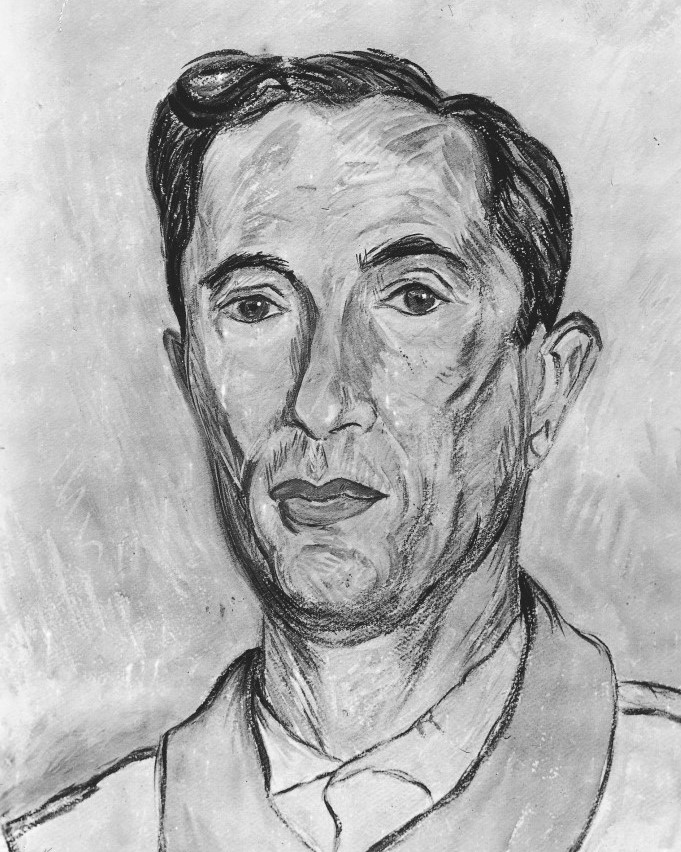Philippe HOSIASSON
January 2, 2019Max JACOB
January 2, 2019David HOYCHMAN
VIATKA (UKRAINE) 1900 – DEPORTED 1942
David Hoychman grew up in the shtetl of Bogopolia, near Viatka. His father, who was a grain merchant, gave his three sons a religious education. David Hoychman read the Torah and immersed himself in the spiritual world of Judaism. In 1919, he left Russia for Palestine, where he stayed for three years. His passion for painting led him to Paris, where he met part of his family and attended the Ecole des Beaux-Arts. Hoychman painted portraits and landscapes. In order to earn some money, he touched up photographic portraits. When Hitler came to power, his sister offered him to come meet her in the United States. He refused and was arrested in Villeurbanne on January 27, 1941. He was interned in Compiegne, transferred to Drancy, where he improvised an “exhibition” of his drawings together with Isis Kischka and Jacques Gotko. On September 11, 1942, David Hoychman was deported and murdered by the Nazis.
Stories of Jewish Artists of the School of Paris 1905-1939
FRENCH-ENGLISH
Capitale des arts, le Paris des années 1905-1939 attire les artistes du monde entier. De cette période de foisonnement, un terme est resté, celui d'Ecole de Paris, qui recouvre une grande diversité d'expression artistique. Dans ce brassage dont Montparnasse est le creuset, un groupe se distingue : celui des artistes juifs venus de Russie, de Pologne et d'Europe centrale. Si leurs styles sont variés, un destin commun les rassemble : ils fuient l'antisémitisme de leur pays d'origine. Certains ont connu la célébrité dès les années 1920, tels Soutine, Lipchitz ou Chagall. D'autres n'ont pas eu le temps ou la chance d'y accéder. Près de la moitié a péri dans les camps de concentration nazis.
From 1905 to 1939, Paris attracted artists from all over the globe as the capital of the art world. This period of artistic proliferation became known as the School of Paris, and includes a great diversity of artistic expression. Within the teeming art world centred on Montparnasse, one group set itself apart: Jewish artists from Russia, Poland, and Central Europe. Although their styles were diverse, they shared the common fate of fleeing anti-Semitic persecutions in their home countries. Some became famous in the 1920s, such as Soutine, Lipchitz, and Chagall, while others did not have the time or the luck to gain renown. Nearly half of these artists died in Nazi concentration camps.





